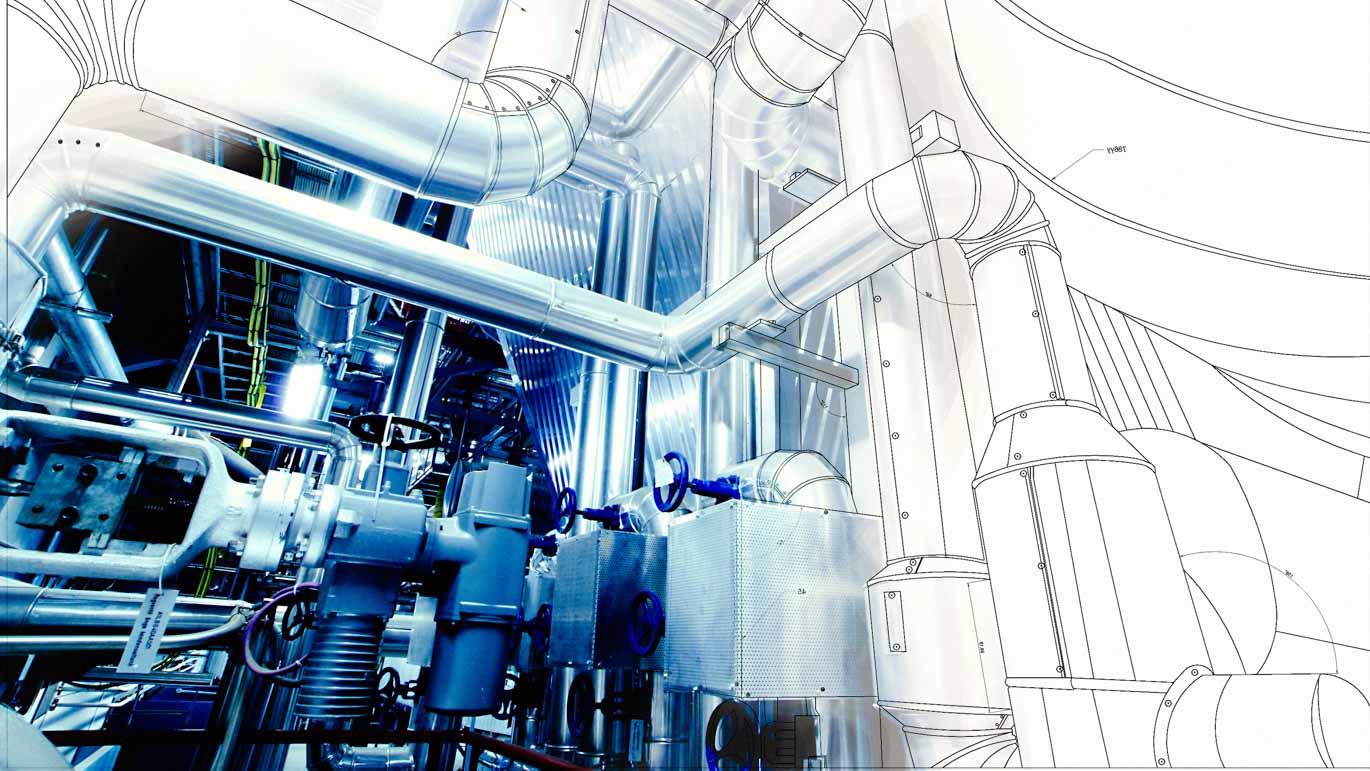Are you piloting Advanced Work Packaging (AWP) for the first time? Here are some lessons we’ve learned that can help.
You’re sold on the advantages of Advanced Work Packaging (AWP), and you’re getting ready to launch your first pilot project. You’re committed to taking a new construction-driven approach to planning and execution, and you understand the benefits of achieving a constraint-free work environment in the field. If you succeed, you’ll vastly improve operational predictability and are more likely to deliver both on-time and on-budget. It’s a thrilling time.
Still, your first pilot project can be overwhelming. AWP implementation is almost always complex because you have to integrate new ways of thinking and doing with existing structures and protocols. Leaders and teams alike are in unfamiliar territory, where there are no perfect answers.
In this article, we’ll look at seven lessons we’ve learned that can help guide you when the going gets rough, as it almost certainly will. Hint: It’s all about principles.
1 | Begin with the end in mind.
If you only take one phrase away from this piece, let it be this: Begin with the end in mind. Remember that the process of adopting AWP is ultimately tied to real outcomes in the field; it can be easy to forget when you’re immersed in change management or wrestling with a new workflow for weeks. On your first construction-driven project, you’ll spend far more time on front-end definition than ever before, and everything from your contracting strategy and schedule to your Path of Construction will feel like it’s in flux. Keep your eye on the prize.
2 | Embrace construction-driven engineering.
Nearly two-thirds of all field rework can be traced back to engineering. Construction-driven engineering doesn’t eliminate this problem, but it can mitigate it substantially. Aligning your engineering and construction sequences is central to the AWP methodology and requires a detailed, reliable Path of Construction (PoC) in place. You might be tempted to skip it, especially if your engineering department is resistant. Don’t.
3 | Align procurement with the Path of Construction (PoC)
On your first AWP pilot, one of your most significant challenges will be to make sure that the procurement process aligns with your PoC. Getting tools and materials to the field at the right time is essential to the AWP methodology. If you have to hire expediters to resolve stalled processes, do it. Few things have the power to undermine construction progress more than a procurement team that isn’t keeping pace with the PoC.
4 | Adopt a construction-driven Work Breakdown Structure (WBS)
Make sure your Work Breakdown Structure is construction-driven — it’s a simple lesson, but it is often overlooked. Organizations that try to import their old numbering structure for drawings, deliverables, and schedules into a new AWP environment often find that it’s not consistent with a construction-driven mindset and doesn’t align with the PoC. Of all the challenges you’ll encounter in implementing AWP, this one is the easiest to solve.
5 | Engage construction leaders in the earliest stages of the project.
Construction leaders need to be involved in a construction-driven project from the get-go. You cannot do Advanced Work Packaging without construction leaders in the room from the outset. This can be challenging because everyone on an established team will be unfamiliar with the new protocols, and some will be uncomfortable with the changing power dynamics — perhaps the construction leaders themselves most of all. Push through the discomfort.
6 | Manage your constraints.
You need a formal process for identifying and managing constraints, and a person or team dedicated to doing this critical work. Empowered Workface Planners can expand the scope on constraints management to include all constraints, not just those involving tools and materials.
7 | Create an accountability-driven culture in your organization.
Disciplined collaboration and stable accountability structures are critical to the success of your first Advanced Work Packaging pilot. Many capital project teams operate with little or no accountability structures in place, with deliverables assigned to multiple people or, worse yet, assigned to nobody in particular. This mistake is easy to identify, and you can begin to address it as soon as you decide to move toward advanced work packaging.
With these seven lessons learned in mind, you’ll have a better shot at succeeding with your first AWP pilot. If you need help along the way, the Concord® team is here to help with training and a full suite of support services for capital project organizations. Contact us today.





